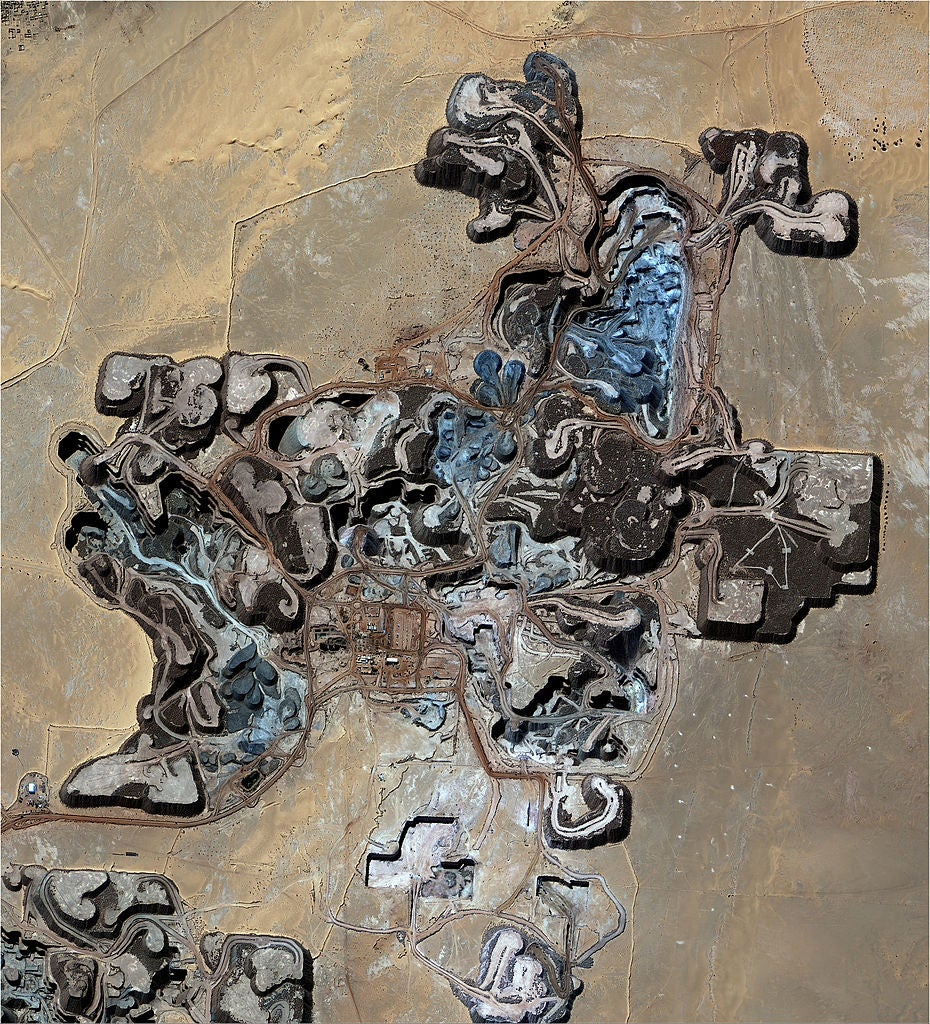Canada, the world’s fourth-largest oil producer with nearly 5 million barrels per day (bpd) of output, will have more than enough export pipeline capacity once the C$34 billion ($24.9 billion) TMX becomes fully operational.
The expanded pipeline will ship an extra 590,000 bpd from Alberta to Canada’s Pacific Coast, giving Canada’s heavy crude producers access to U.S. West Coast and Asian markets, and boosting prices for their grades.
Here are some key issues facing the project.
WHEN WILL TMX BE FULLY OPERATIONAL?
Crude will flow through both TMX and the existing 300,000 bpd Trans Mountain line from May 1. The Westridge Marine Terminal in the Port of Vancouver will be able to load cargoes from all three berths, a spokesperson said.
However, Trans Mountain does not expect the first ship to load until the second half of May, and is still awaiting permission to open six more sections of the project, the Canada Energy Regulator (CER) said on Friday.
WHERE WILL THE CRUDE GO?
TMX cargoes are expected to sell to both Chinese and Californian refiners, traders and analysts say.
Many Chinese refineries are set up to process heavy sour crudes, but shipping brokers have warned the cost of hauling crude to Asia on Aframax vessels, a roughly 18-day trip one way, may limit demand.
California has complex refineries that can process both light and heavy crude and is 2-4 days’ voyage away from Vancouver.
WHO ARE THE SHIPPERS?
There 11 committed shippers on TMX, accounting for 80% of volumes. The remaining 20% of capacity will be available for spot shipments.
Committed shippers include Canadian Natural Resources, MEG Energy, Cenovus Energy, Suncor Energy, BP, Chinese state energy major PetroChina and Marathon Petroleum.
WHAT CRUDE WILL IT TRANSPORT?
The new pipeline is expected to ship primarily heavy crude, while the existing line moves mainly light barrels. Multiple grades are being offered for sale from TMX but traders expect this to stabilize to a few grades once trade matures, one source said.
Commodities pricing agency Platts has launched two new daily assessments for crude loaded at Westridge. Pacific Dilbit is similar in quality to Access Western Blend, and Low TAN Dilbit aligns with Cold Lake crude, the agency said last week.
WHY IS THERE A TOLLING DISPUTE?
The budget blowout means TMX has had to raise tolls to recoup some costs. The shippers are disputing the rate increase, and the CER, which approved higher interim tolls last year, will hold a hearing this year to decide the final tolls.
Last week the CER approved a request from shippers to disclose additional detailed cost and expense information.
The dispute is significant because the final tolls will determine the value of the pipeline when Ottawa puts it up for sale.
WHAT IS TMX WORTH TO CANADA?
Some analysts predict the discount on benchmark Canadian heavy crude Western Canada Select will narrow to less than $10 a barrel versus U.S. crude, from a $14 a barrel discount currently, resulting in millions of extra dollars in revenue for Canadian producers.
TMX operations will contribute C$9.2 billion to Canadian GDP and C$2.8 billion in taxes over 20 years from 2024 to 2043, according to Ernst & Young.
The Bank of Canada said the start of commercial operations on TMX will add roughly a quarter of a percentage point to second-quarter GDP growth.
(Reporting by Nia Williams in British Columbia; Additional reporting by Arathy Somasekhar in Houston and Florence Tan in Singapore; Editing by Jan Harvey)
Share This:




